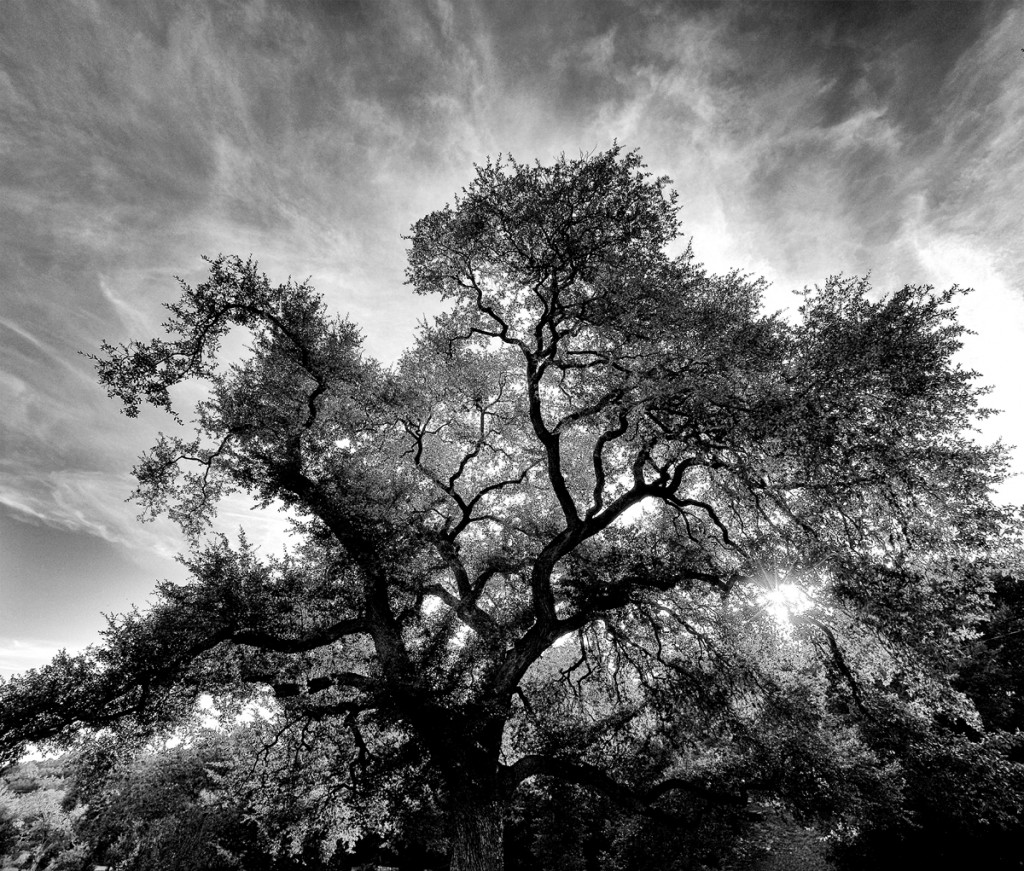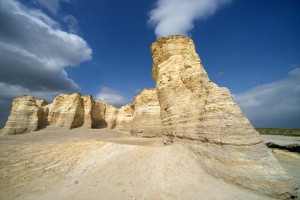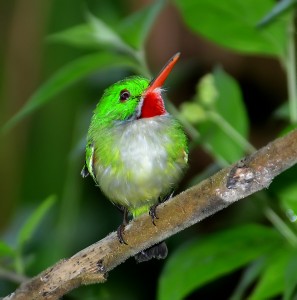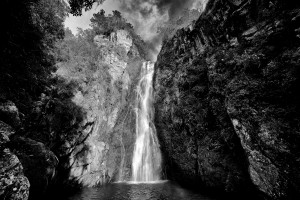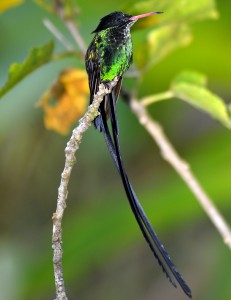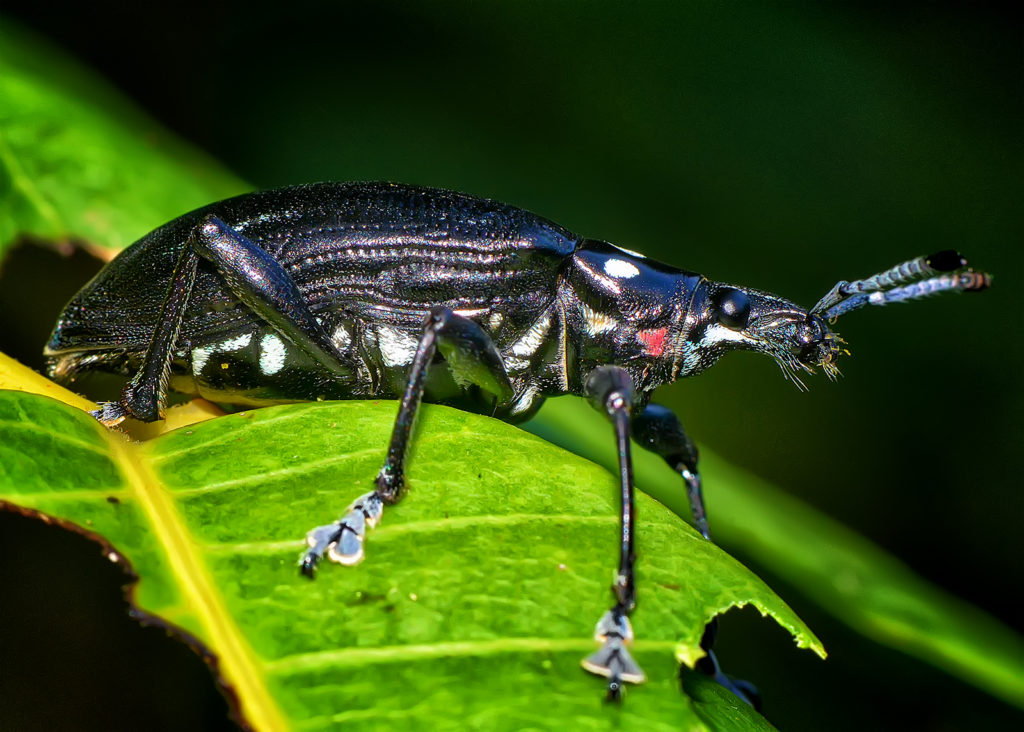
One man alone can be pretty dumb sometimes, but for real bona fide stupidity, there ain’t nothin’ can beat teamwork. Edward Abbey
There is really no limit to interpretative subjects within our chosen world of nature, history, and culture (blandly known as heritage). But, often the subjects that are the most important to our interpretation are among the most obscure. How do we bring that which is hidden or concealed to the attention of the world?
Here is an example. There is a world of “stock” content available for interpreting bald eagles and monarch butterflies. The result? An abundance of interpretive materials (signs, brochures, displays) about these two species. What happens when you need to interpret a species (let’s stick with nature) that is poorly known and for which there are few or no illustrations or content?
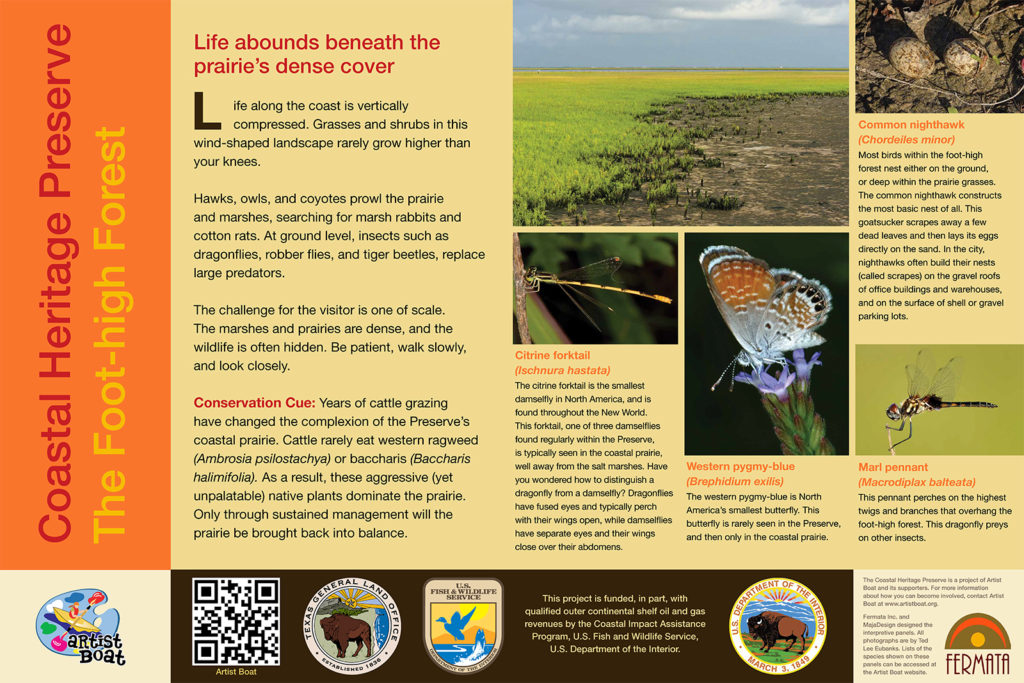
Here is are couple of examples of why we promote a “do it yourself” approach in guerrilla interpretation. I recently completed a set of interpretive panels for a new wildlife sanctuary on Galveston Island, Texas. The new sanctuary, perched on the lip of the island, hosts a variety of wildlife species poorly known to both scientists and the public.
Yet, for our interpretive plan to be effective, we needed to show many of these obscure species. The solution? Do it myself. I spent many days hiking the preserve, photographing those tiny insects and obscure birds that would be critical to the efficacy of our panels.
Through this effort, I gathered a collection of photographs that allowed us to create three panels of nothing but images to accompany the storyline panels. To be honest, we could have easily created another dozen panels with all of the images I took.
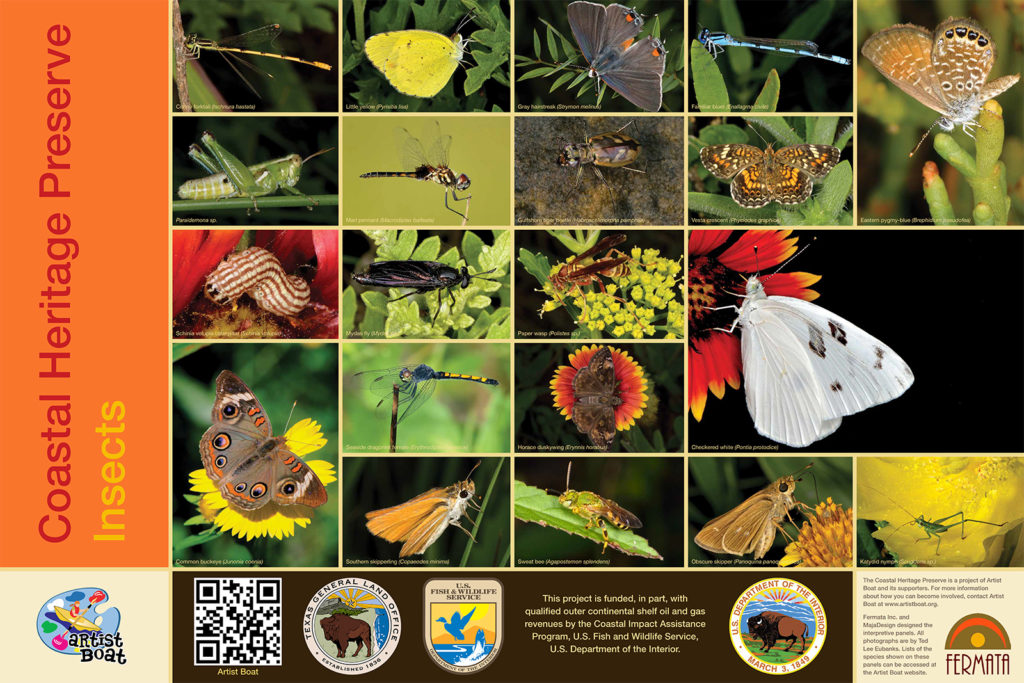
The value of this effort extends beyond interpretation. For example, I photographed a robber fly known only as Proctacanthella robusta. This beach-roving predator has been only rarely photographed. In fact, my image in Bugguide (an on-line repository for insect images created by Iowa State University) is the first ever deposited there (even though their collection has grown to over 1 million images). Science benefits from our interpretive inventory efforts as well.
The image at the top of the page is another example. This weevil has no name. It has yet to be described by science. I photographed this fancy insect in the Cockpit Country of Jamaica while working on another interpretive project, the Caribbean Birding Trail (CBT). I used this image in interpreting one of the more important storylines in the CBT interpretive plan, the one dealing with island endemism.
[Please check out the CBT website at the link above. I love the way that the storylines (subthemes to some of you) from my interpretive plan scroll across the top of the landing page.]
Guerrilla interpretation is entirely focused on applied interpretation, not theory. The goal is to help develop interpreters that are self-sufficient, capable of independently taking an interpretive project from inventory to planning, planning to design, and from design to fabrication. To be able to work as a guerrilla interpreter, you need to be able to do it yourself.
I will give a short talk about guerrilla interpretation at the NAI conference in Corpus Christi, 8-12 November 2016 , and I hope to see you there.
Ted Lee Eubanks
6 July 2016
